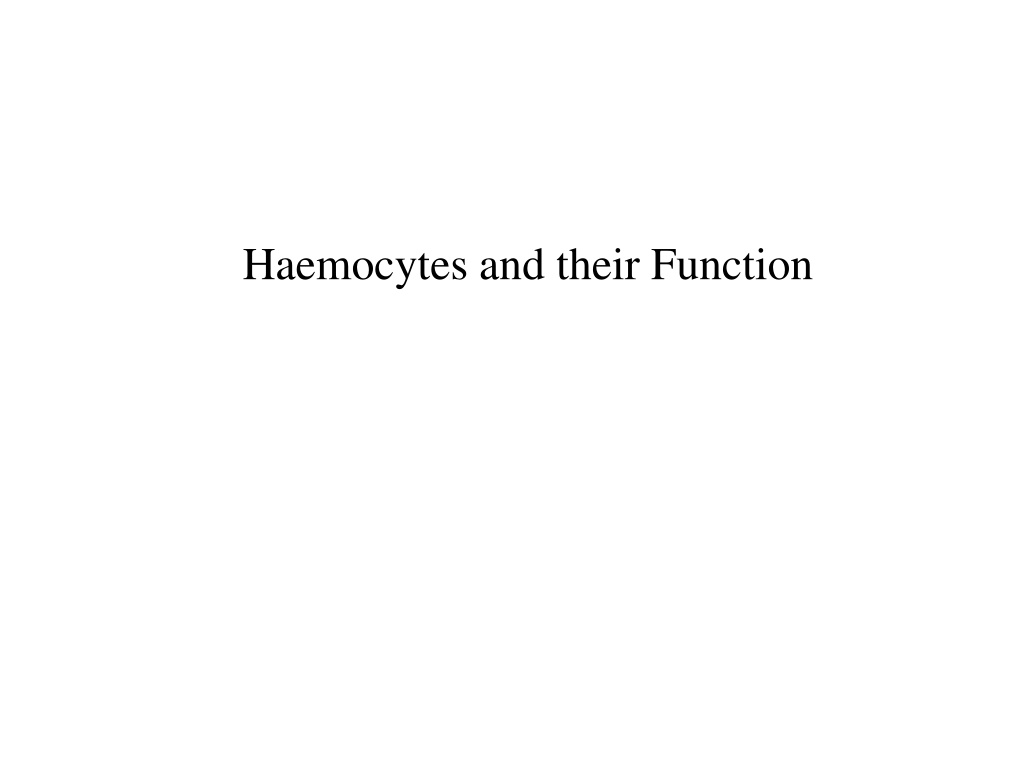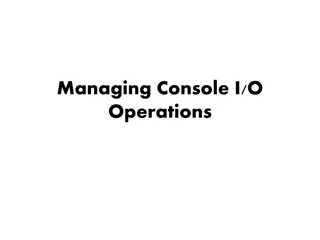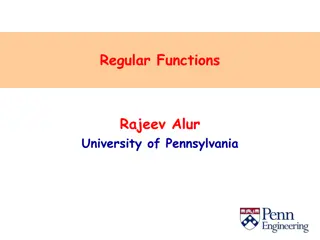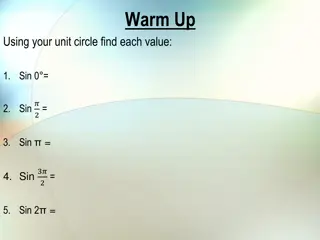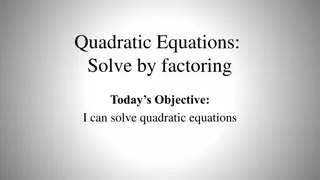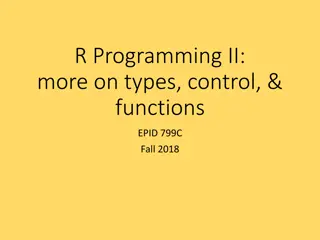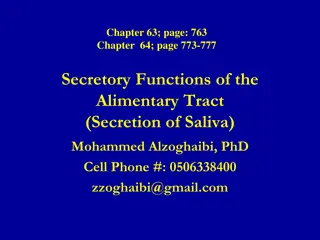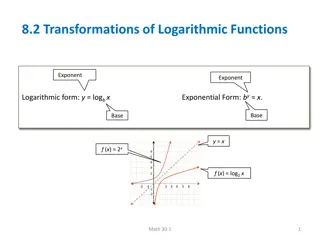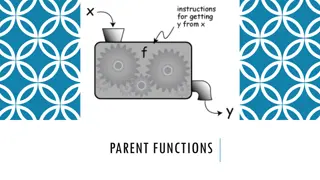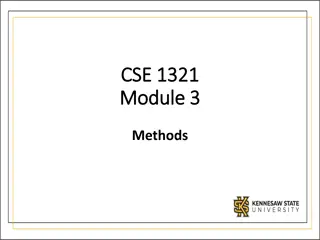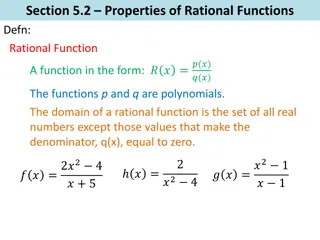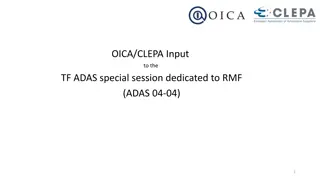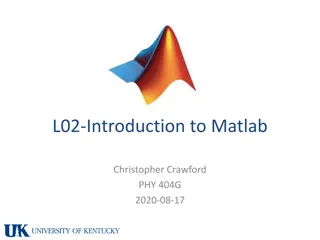Understanding Haemocytes: Types and Functions
Haemocytes are blood cells that play crucial roles in the immune response of insects. They come in different types such as Prohemocytes, Plasmatocytes, and Granulocytes, each with specific characteristics and functions. Prohemocytes are believed to be stem cells giving rise to other cell types, while Plasmatocytes are involved in phagocytosis and encapsulation of foreign organisms. Granulocytes, compact cells with granules in their cytoplasm, participate in the defense response by degranulating on intruding organisms. The variations in haemocyte counts among species and developmental stages highlight their importance in insect physiology.
Download Presentation

Please find below an Image/Link to download the presentation.
The content on the website is provided AS IS for your information and personal use only. It may not be sold, licensed, or shared on other websites without obtaining consent from the author. Download presentation by click this link. If you encounter any issues during the download, it is possible that the publisher has removed the file from their server.
E N D
Presentation Transcript
Haemocytes The blood cells or haemocytes arise in the embryo from the median walls of the coelomic sacs and are thought to increase during post embryonic development partly by the division of existing haemocytes and partly through the activity of more or less discrete haematopoitic organs The number of cells present in the circulating blood varies from 1000 per cubic mm to 100000 per cubic mm of blood in different species Females tend to have high counts than males; endopterygote larvae have relatively more cells than their adults though reverse is true of exopterygote nymphs Many different types of haemocytes have been described but a comprehensive classification is difficult because individual cells can have very different appearances under different conditions The main types of haemocytes in insects are:
Prohemocytes: Are characterized by a high nuclear: cytoplasmic ratio and a general lack of organelles involved in synthesis They are rounded or oval cells, measuring 6-13 in diameter They rarely comprise more than 5% of the total hemocyte population They are believed to be the stem cells that postembryonically give rise to other cell types Plasmatocytes: Are large, more ameboid, pleomorphic cells with a nucleus surrounded by large amount of cytoplasm They contain moderate amounts of rough endoplasmic reticulum and Golgi complexes and may contain membrane-bound granules They are amongst the most abundant hemocytes and usually account for more than 30% of the total hemocyte count They are involved in phagocytosis and encapsulation of foreign organisms invading the hemocoel
Granulocytes Are compact cells with a small nucleus, round or oval in shape, measuring about 10-17 in diameter They have a relatively high nucleus: cytoplasm ratio They comprise a considerable proportion, usually more than 30% of the haemocyte population They contain large amounts of endoplasmic reticulum; Golgi complexes are also abundant and the cells contain large numbers of membrane-bound organelles Their cytoplasm is packed with granules and can form fine extensions which attach the cells to their substrate They discharge their contents (degranulate) on the surfaces of intruding organisms as an early part of the defense response Granulocytes are probably derived from plasmatocytes and are sometimes indistinguishable from them
Spherule cells: Are oval or spindle shaped 8-16 in diameter and usually full of large granules or spherules Granules may occupy 90% of the cytoplasm that may obscure the appearance of small nucleus Like granulocytes they exude fine attachment processes and are non motile Their function is unknown Oenocytoids: Are relatively large ovoid cells, measuring about 19 in diameter with a relatively small nucleus and few cytoplasmic granules These cells exhibit little development of rough endoplasmic reticulum or Golgi complexes, but they have a complex array of microtubules and sometimes also crystalline inclusions
Adipohemocytes: Characteristically contain lipid droplets The nucleus: cytoplasm ratio is low They contain well developed endoplasmic reticulum and Golgi complexes Cystocytes: Are round in shape, measuring about 9-14 in diameter with a relatively large nucleus They are probably granulocytes in which the synthesis of granular content is complete
Functions of Hemolymph Provides/acts as transport system for nutrients, hormones and metabolic wastes Contains elements of immune system, provides defense mechanism against foreign organisms that enter the body Play important role in wound healing Play role in metabolism of specific compounds
